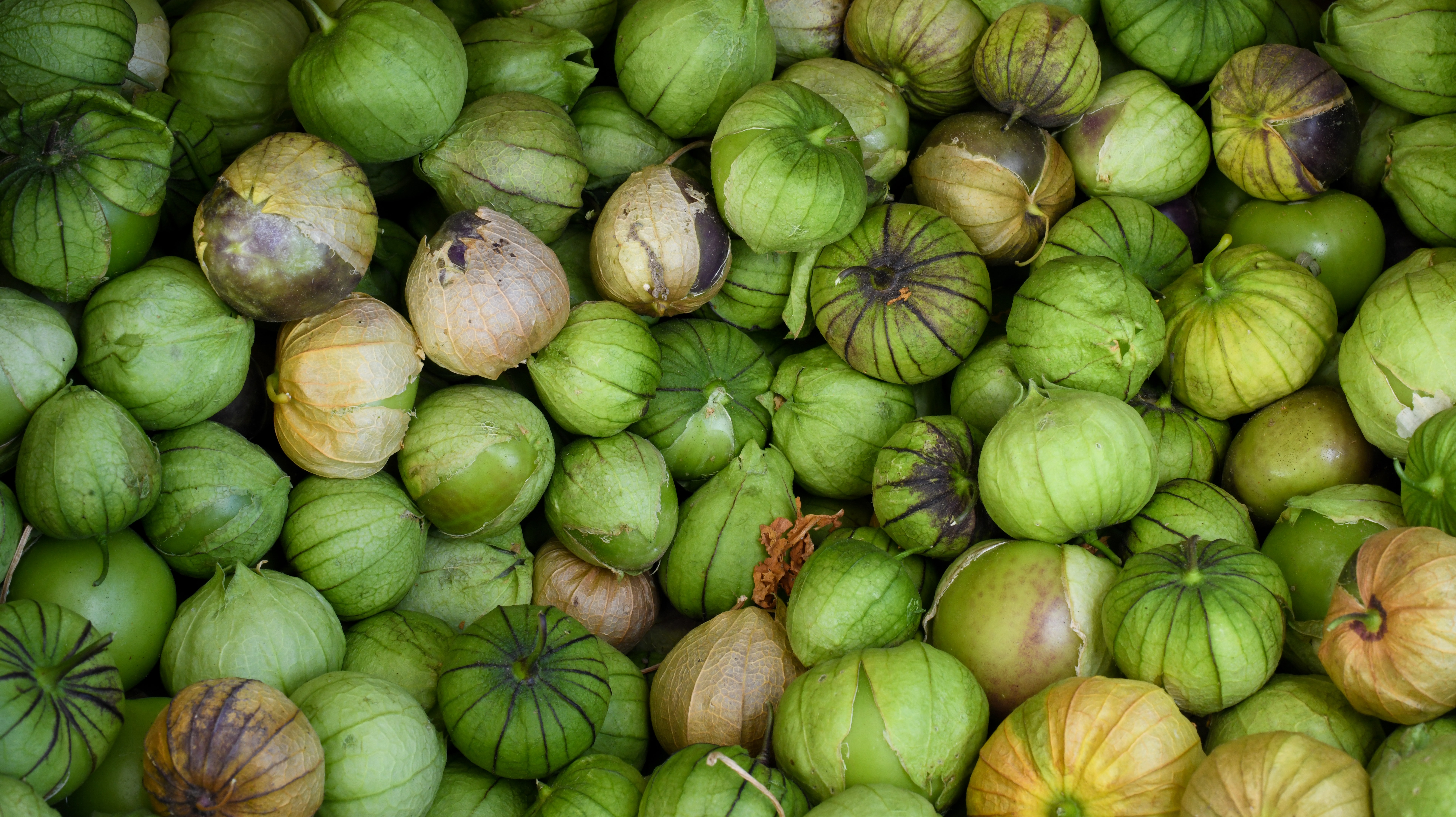If you’ve never tried to grow tomatillos, this is the year to change that because salsa verde made from fresh, homegrown tomatillos is truly a thing of beauty.
Even better, tomatillos are like an easier-to-grow tomato plant. Compared to tomatoes, tomatillos are:
- More pest resistant
- More drought tolerant
- Less prone to diseases
- Preferred by pollinators (bigger, more open flowers)
- Require less frequent feeding
Even poor soil with minimal sunlight can provide more tomatillos than one person can reasonably eat.
But on the flip side of these advantages, there are a handful of unintuitive tomatillo growing mistakes that are easy to make and result in either light harvests or even none at all. In this article we’ll share how to avoid the major pitfalls of growing tomatillos so you can be swimming in your own salsa verde in no time.
You can also see exactly how these mistakes played out in real life in our tomatillo garden on video:
Mistake 1: Overwatering Tomatillo Seedlings
Tomatillo seedlings are highly prone to a physiological disease called leaf edema that can significantly stunt an affected plant for life.
Leaf edema is identifiable by discolored bumps on the plant’s leaves. It looks like a deadly, infectious disease but is actually caused most often by soggy roots.
While overwatering is the common root cause of edema, tomatillos are even more susceptible if they’re simultaneously getting stressed out with too much heat and light. The challenge is that the seedlings grow more quickly early on than tomatoes and tolerate wet soil less well (and that’s saying something).
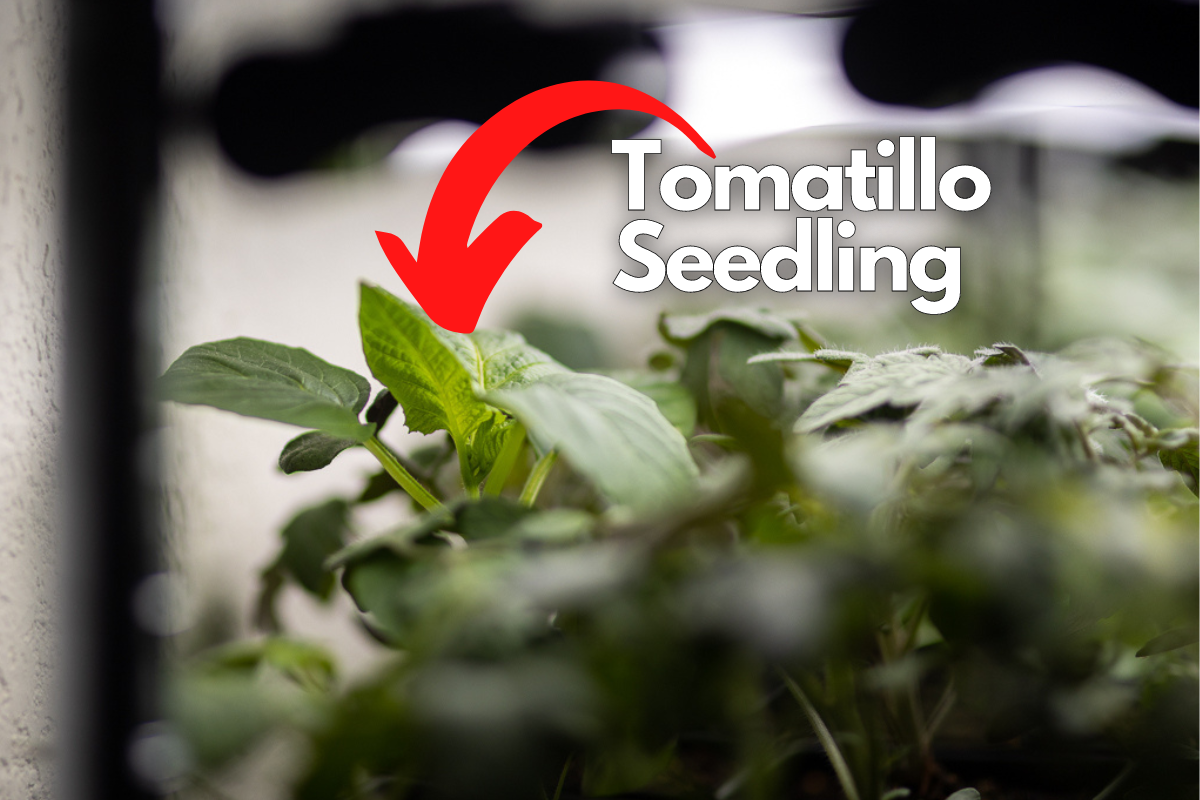
Tomatillo plants with leaf edema damage will likely be much smaller with weak stems compared to the healthy plants. Our tomatillo plants that were in the same tray as other nightshades got leaf edema early and never fully recovered. The ones without leaf edema were huge and super productive.
To avoid it, make sure you only water your tomatillo seedlings when their soil has begun to dry out.
Mistake 2: Waiting Too Long to Stake Tomatillos
After avoiding overwatering, the next most important piece of advice I can share is to stake and support your tomatillos early. Like right after transplant!
If you, like us, live in an area with Spring windstorms, there’s a good chance your young tomatillo plants will suffer damage without proper staking. Tomatillos have a stiffer, thinner, more inflexible stem than a tomato that is prone to cracking or even outright snapping in the wind. Where tomatoes bend, tomatillos break.
This year we ended up losing multiple plants to the wind. After we installed a Florida Weave (note the string running below the branch in the image below), there were no more tomatillo casualties.
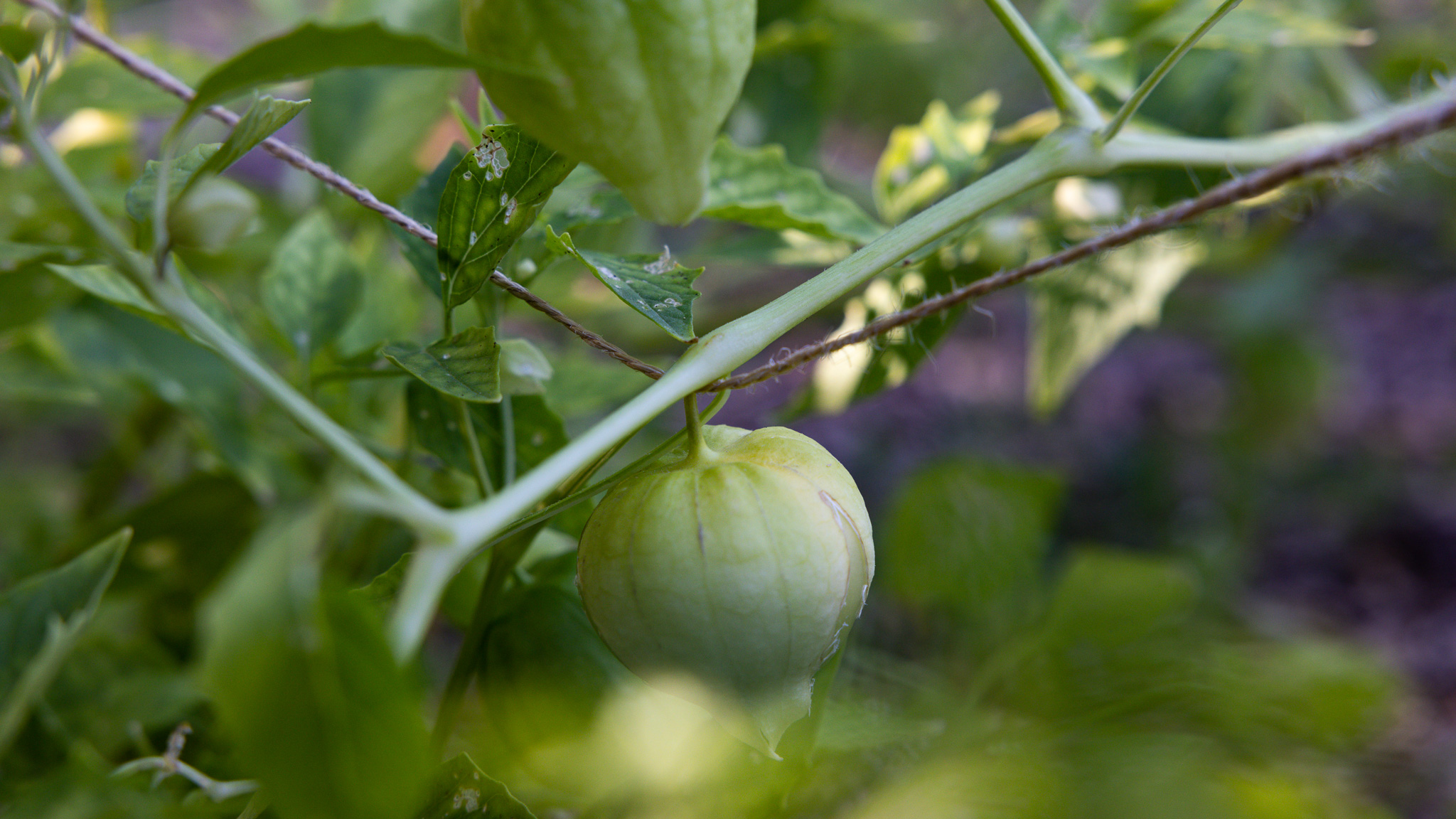
We trellis our tomatillos with whatever system is in place for their tomato neighbors. This is convenient, but keep in mind that your tomatillos may be shorter and bushier than your tomatoes.
And while we never use them for actual tomatoes, a tomato cage is a pretty good support system for tomatillos.
Mistake 3: Planting Only One Tomatillo
Tomatillos are highly self-incompatible, which means pollen from a given plant is not very good at pollinating itself. That’s opposed to something like a tomato that just needs a shake on the flower to get the pollen to the right spot.
This means that if you grow only a single tomatillo plant, you will not get a proper harvest (unless some nearby neighbors are growing tomatillos too). Some gardeners do report getting a harvest with just one plant, but most growers recommend at least three tomatillo plants near each other for fruit production. It’s very common for new tomatillo growers to end up with a giant, healthy plant and absolutely no fruit to show for it.

Luckily, this does not mean you need to purchase multiple varieties of tomatillos. You’ll simply need to plant multiple tomatillos grown from different seeds with distinct genetics (propagated clones will not allow for pollination).
Mistake 4: Leaving Mature Tomatillos on the Vine
Because tomatillos are surrounded by a husk, or fully calyx, it is slightly more difficult to know when they are ready to harvest. And that can sometimes lead to waiting too long and overripe fruit.
You should harvest tomatillos when the outer husk becomes thin and papery and begins to split up from the growing fruit inside. You’ll know they’re overripe if that fruit starts to turn yellow and soft.
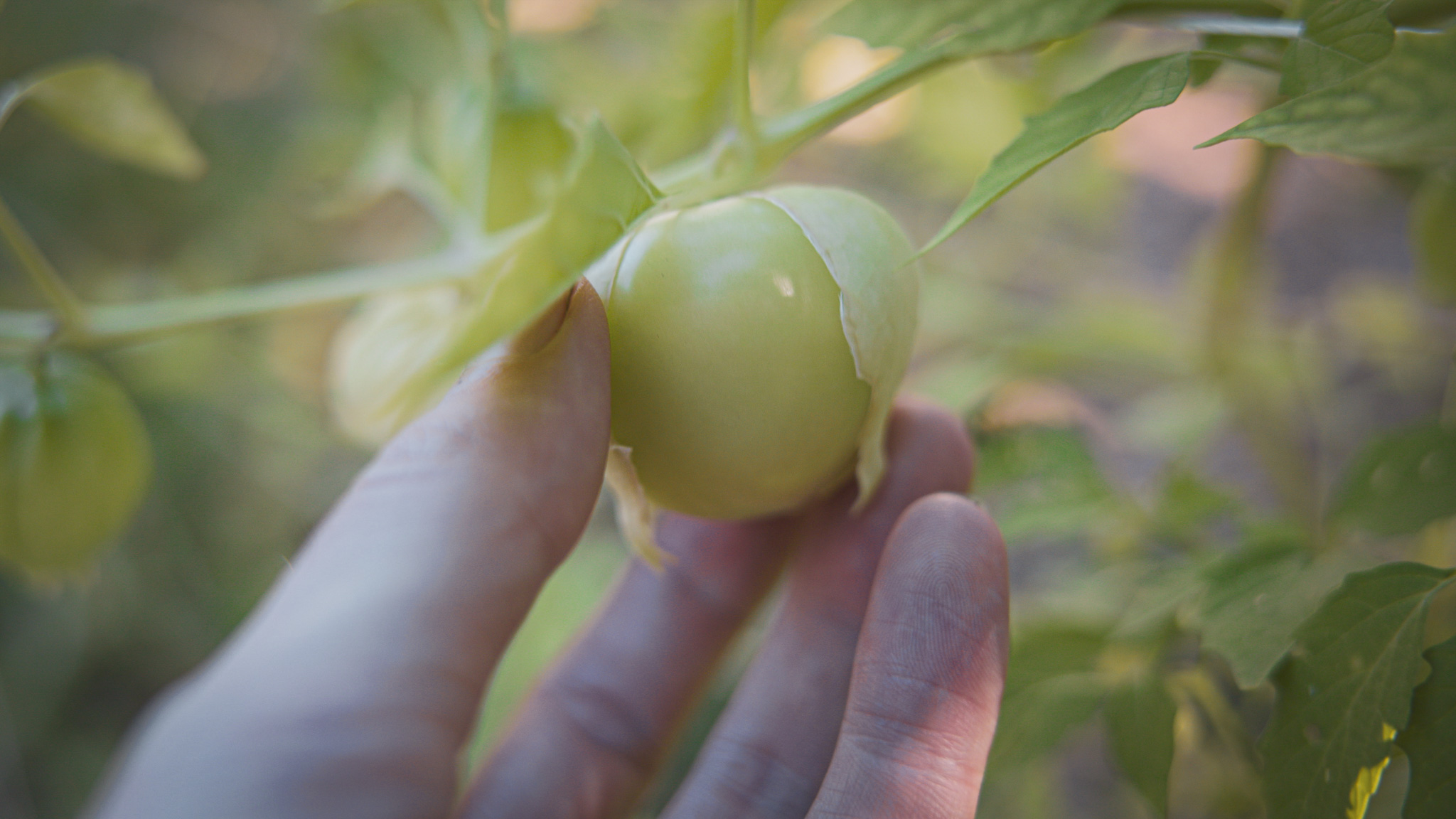
It’s important to pick them before they start to turn yellow and soften for a few reasons:
- The flavor and texture is better if they are the perfect level of ripeness
- Tomatillos are like cucumbers in that harvesting regularly produces higher overall yields for the season as you are signaling to the plant to keep producing and ripening new fruits.
- Overripe tomatillos will fall to the ground and are very likely to result in lots of little tomatillo plants the next year. Not great if you’re particular about what grows where.
Mistake 5: Not Checking Your Variety’s Growth Habit
This year, we grew the Toma Verde variety for its early maturation and productivity. True to description, it yielded fast and big.
Stupidly, we did not check the growth habits of this variety and it turns out that the *Toma Verde variety is more semi-determinate than truly indeterminate as we were used to with other tomatillo varieties.
It grew so bushy that our trellis system eventually wasn’t able to support the long, lateral branching. So be sure to look closely at your variety and make sure its growth matches your expectations and requirements. We’ll be spacing and trellising ours quite differently next year.
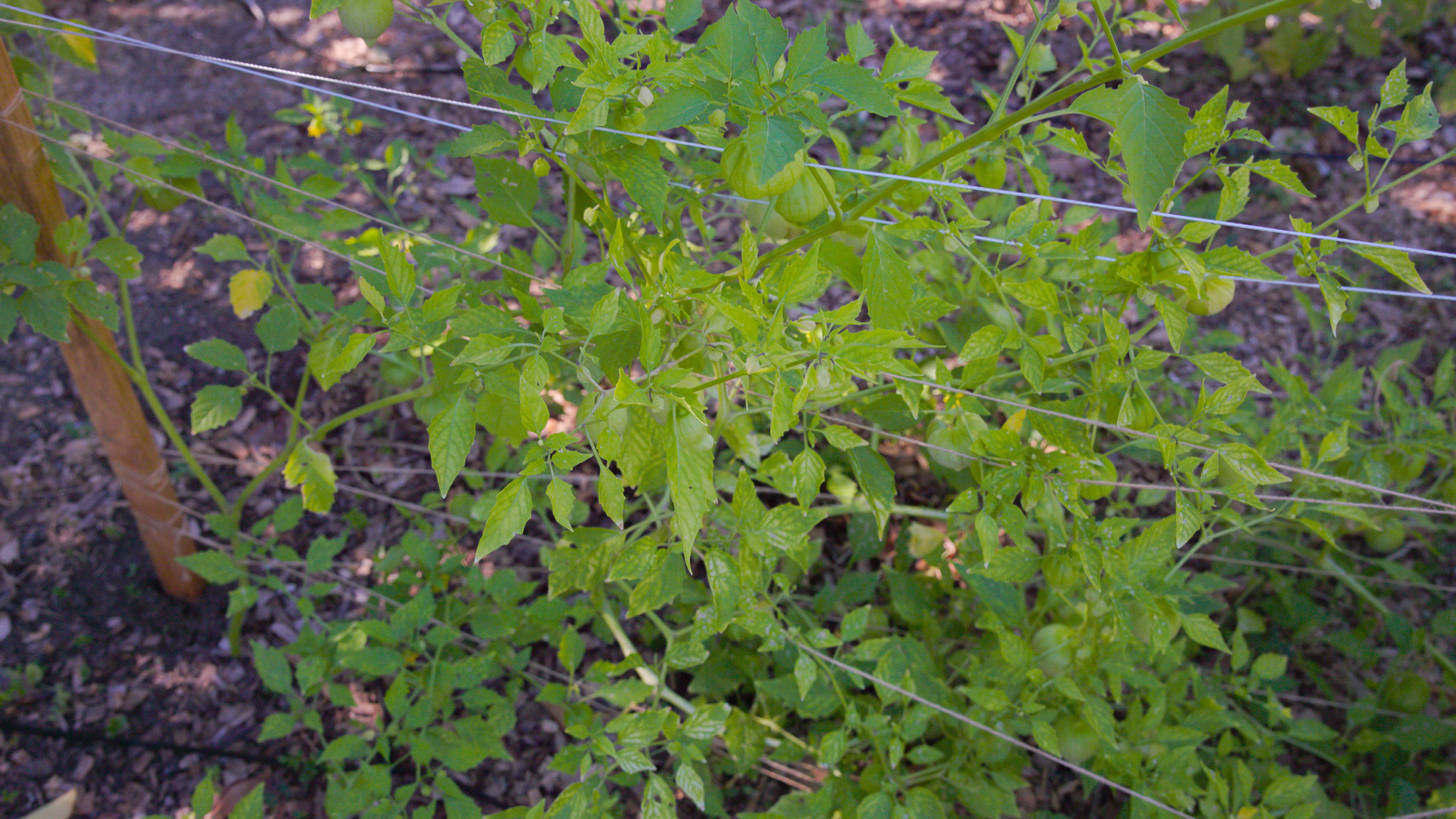
Tomatillos are super productive and if you avoid these pitfalls, I hope you’ll be snacking on your own salsa in no time.
